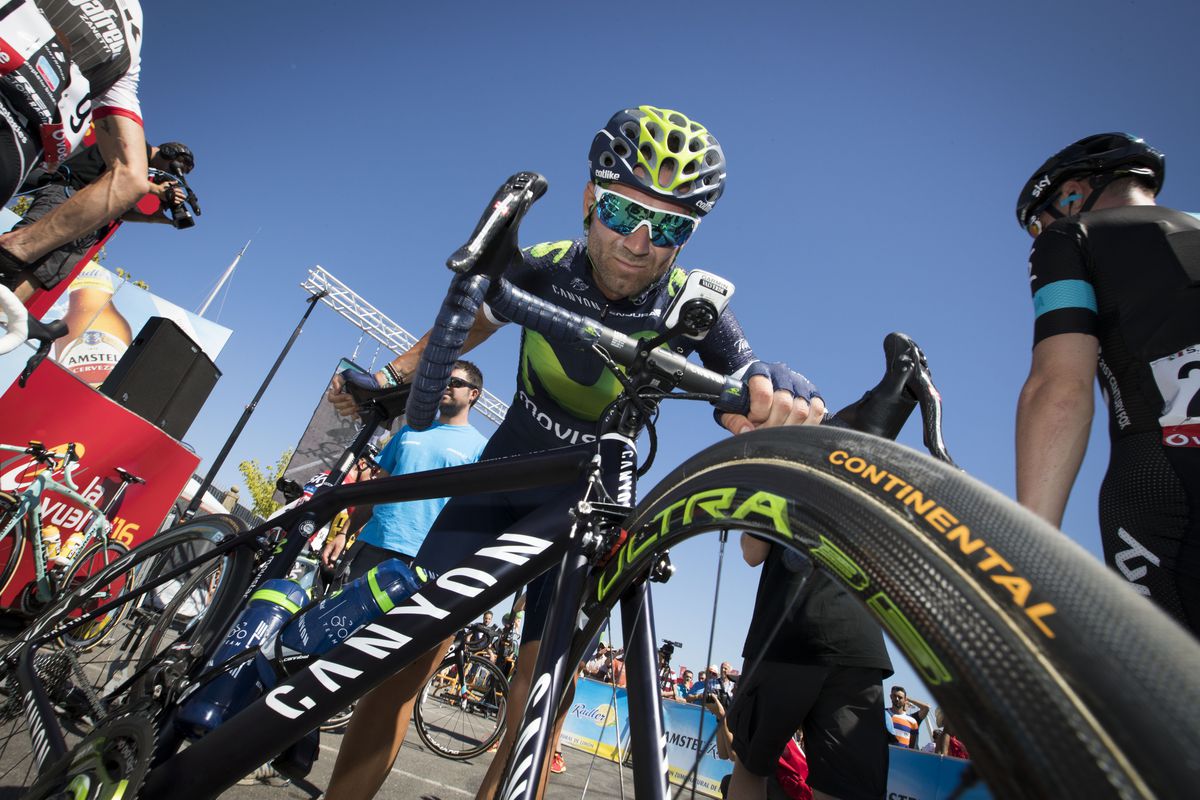New users, adding to an already large group of cycle enthusiasts, have become the “no-sport-inside to let’s-go-outside” athletes who discovered that a bike is a real synonym for freedom and helps with fitness even when the gym is closed.
Another group of new cycling enthusiasts joined too, choosing bikes to avoid social contact on public methods of transportation. Some even went for home trainers to perpetuate their fitness while confined to the house. But once consumers had the desire to buy a nice road trekking or stationary bike, they soon found out that it wouldn’t be that easy. Months of waiting, delayed deliveries, broken promises. It is now two years after this situation started, and it looks like the industry is still facing the same problems.
Apart from the increased interest in bicycles, what happened on the market? Why was it so challenging for suppliers to meet the demand? What are the main reasons for all those shortages and delays? The situation itself was a huge challenge from the very beginning, and not every company reacted properly. This was due to the unprecedented chaos, unpredictability, an absence or lack of employees, and many other factors. The cycling industry noticed even more sticks in the spokes…
Made in China
Back in the ’80s, when the bicycle market became more competitive, producers started looking for cost-reducing solutions and many other companies transferred their manufacturing to China. This allowed them to manufacture more, and at lower costs, but at the same time made them import-dependent. When one big factory had to deal with even a single infected employee, the production process was interrupted and production targets went unmet.
Production of bicycles and their parts is also dependent on other manufacturers providing materials and components for the final products. As a result, when other factories had to deal with the same problem mentioned above, a chain reaction hit other partners and everybody was – to put it mildly – dissatisfied. Check the latest industry stats here.
Import means also sending your components or products halfway around the world to reach the last mile and their final consumer. Again, if borders are closed or employees are absent, there will be nobody to steer that ship, plane, or truck and thus no hope that your products will make it to their destination. Companies that had at least part of their businesses on the continent, won this battle and were able to fulfil some of their orders at a minimum.
The challenge of inventory management
If you lead your business, you can more or less predict fluctuations, trends, and demand. When you are a more conscious businessperson, you will be aware that smart software for predictive analytics of stock and inventory management is better than a crystal ball or a horoscope.
But if you are facing a new and unpredictable situation then you need to have some good preparation and luck when it comes to the right stock levels, warehouse management, and contracts with suppliers.
Once they saw that there were shortages in many areas, companies started to order literally “anything” that would arrive and maybe have the potential to sell. This caused clogging on ships and containers, making the loads have to wait in ports for months to be shipped. When the time finally came – with, of course, a huge delay – sellers found that they’d missed the boat and were left with a lot of unnecessary items.
This challenge is not just a case of the pandemic reality, but rather a problematic topic at all times for industries like cycling products. If your business is based partially on pre-ordering or you need to stock up for others, this is especially true.
Don’t fall behind the peloton
The Covid-19 situation caused companies to struggle with adjustments in many areas. It’s no longer enough just to be “ok” or to copy others. To be competitive, you have to at least work actively on your advantages and the customer experience, just like cyclists fighting to keep up with the peloton during a race. If you give up and fall behind the pack, you will probably have a huge problem catching back up and competing again.
Omnichannel, social presence, brand building, and user experience are the hot terms in almost every category of today’s market.
How to accelerate your sales?
We have just touched the tip of the iceberg when it comes to the challenges and problems that the cycling industry faces nowadays. It’s as difficult as climbing the Stelvio Pass, yet you can reach the top with a good plan and preparation.
How to compete and make your brand successful? Here are some tips that may help your ecommerce business.
Sell globally, ship locally
We have learned so much from the pandemic when it comes to risk management and have been taught some more lessons based on the Brexit issue. One indisputable conclusion can be drawn from them: you cannot rely on just one factory, one logistics partner, one warehouse, one delivery company, or one market. Diversification is the key to success – expand your sales in different markets, sell to different buyer segments, and make sure your products are located in many warehouses that are operated by various 3PLs or courier companies.
Apart from risk reduction, by doing so you will bring your business closer to your customers. As a result, when they place an order, the item doesn’t have to travel from China for weeks because it’s already available in a warehouse close to its final destination.
Transparent inventory
Put some resources (money) into the right inventory system that is highly transparent and allows you to manage all of your operations, in all of your locations, and with all of your partners. Then you won’t be surprised by stock levels, as you will see items coming and be able to react in time.
If the red light comes on and you are not able to re-stock those products in time, you will at least have the possibility to adjust your strategy, assortment, and communication to shift towards some other products, for example. Your customers will be happy to order new items that are available and you will avoid the dissatisfaction of customers having to wait for their orders indefinitely.
Multi-channelling
Do not rely only on one sales channel – go for online, traditional in-store, omnichannel, hybrid models, and more. And treat them equally. People are different – some are happy to complete the buyer’s journey all by themselves, crawling through websites, while others prefer to talk with salespeople face-to-face. Having all of those options in your business means you can satisfy these various preferences and also be able to handle unexpected situations by proposing ready alternatives.
Be Digital
Build your brand so that your customers will love it. Once they become your advocates and a part of the community, they will be willing to forgive you for some inconveniences and wait for your products if necessary. There is no online business without social media today.
Even if your store is a brick-and-mortar one, your clients will be mainly online. Most modern shoppers research their purchases online using laptops and smartphones before actually showing up at a store. An excellent, mobile responsive website using various digital marketing techniques like SEO, CRO, and content marketing will help a lot here. There are endless opportunities to boost some trendy words such as “eco”, “fit”, and “inclusive” in the cycling industry, so make the most of them.
The most important issue is to keep it personal
The cycle industry is not a stand-alone bastion of traditional retail methods for the consumer to reminisce about. If you’re standing in line waiting for success in methods popular 10 years ago, good luck with that. But take a quick look at fashion, grocery or pet food markets, and you’ll see that every product offered to you is somehow unique to you.
Hyper-personalisation has been at the forefront of consumer marketing since the advent of AI machine learning and if you haven’t clocked it, then you can bet the main reason that the best cycle retailers in the country are doing so well is directly related.
It is essential to adopt technology to embrace online highest returning experiences enjoyed by customers elsewhere in their lives. Email marketing, for example, the leading provocateur of direct sales, can now be personalised to each consumer. This means, in comparison to its peers, it leaves every other method standing, as far as ROI is concerned.
The introduction of hyper-personalisation to email marketing has surpassed all the comers by a country mile. Hyper-personalisation software is diverse and the dictions necessary to be appreciated, use every facet of data collected, including much not stored even by your platform, through a SaaS plugin that retrieves the information for you. It then analyses it to identify what each unique consumer is most likely to buy next and when. When doing your calculations take into account that it is 100% autonomous, so deduct all staff overheads.
Imagine knowing exactly what each cyclist customer will buy next, and you have the means to be able to present that exact item to them before anyone else gets a look in.
Only you have the benefit of the knowledge of everything going off on your website. There is a pattern created by each consumer’s activity, each visit for example typically leaves 100 impressions per visit, Each suggests a strategy both rare and personal to that one person. Not forgetting what they don’t look at or fail to be attracted to at that instant is equally important to clear the way for things that are. Market research companies including McKinsey and Statista both offer a figure over 20x the return of traditional email marketing.
Unique customer experience
Last but not least, customers are very demanding these days and want you to sell them the best products at the lowest prices while having unique experiences. From the ordering process, which has to be as simple as possible, through full transparency about shipping, to the perfect packaging and post-delivery services. All of those stages have to make shoppers feel that their buying decision was completely right.
Don’t forget that if your partners fail, the resulting bad experience will be associated with your company. As such, make sure that you work with operators who store things in the right way, pack them appropriately, and deliver them promptly.
Ready? Get set. Go!
The time is now. It is the perfect moment to reach the top and achieve success with your cycling ecommerce business. This industry will continue with its growth and create many more possibilities to pamper customers.





